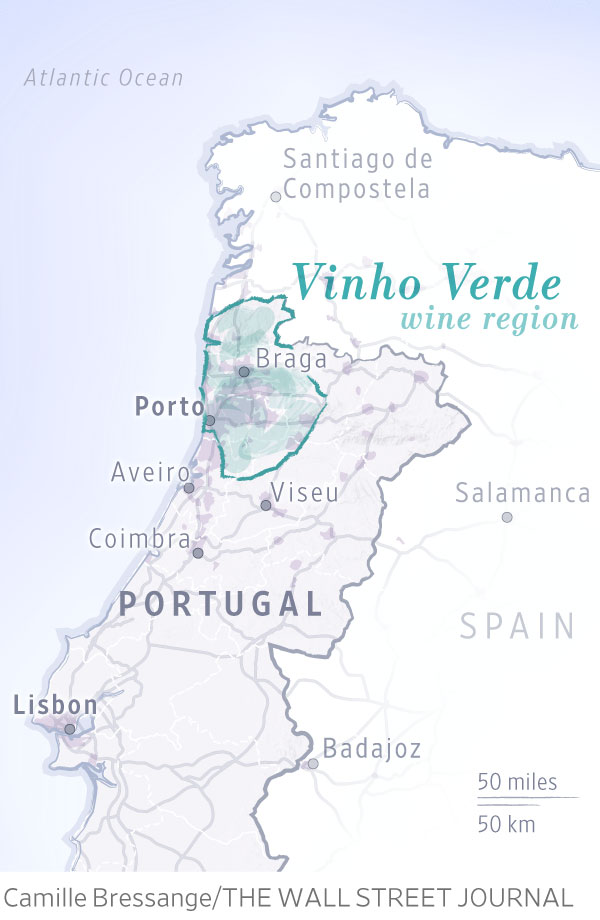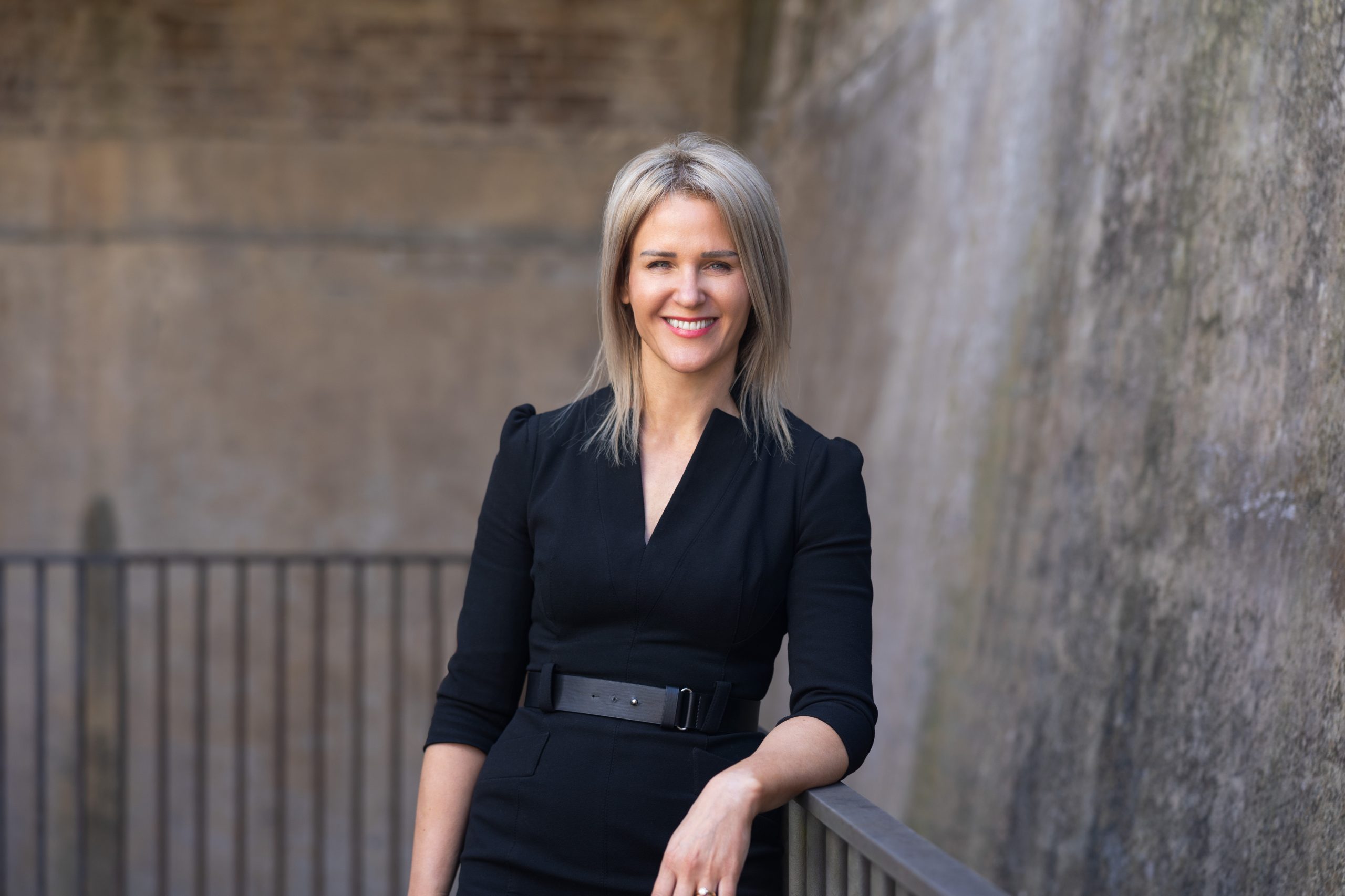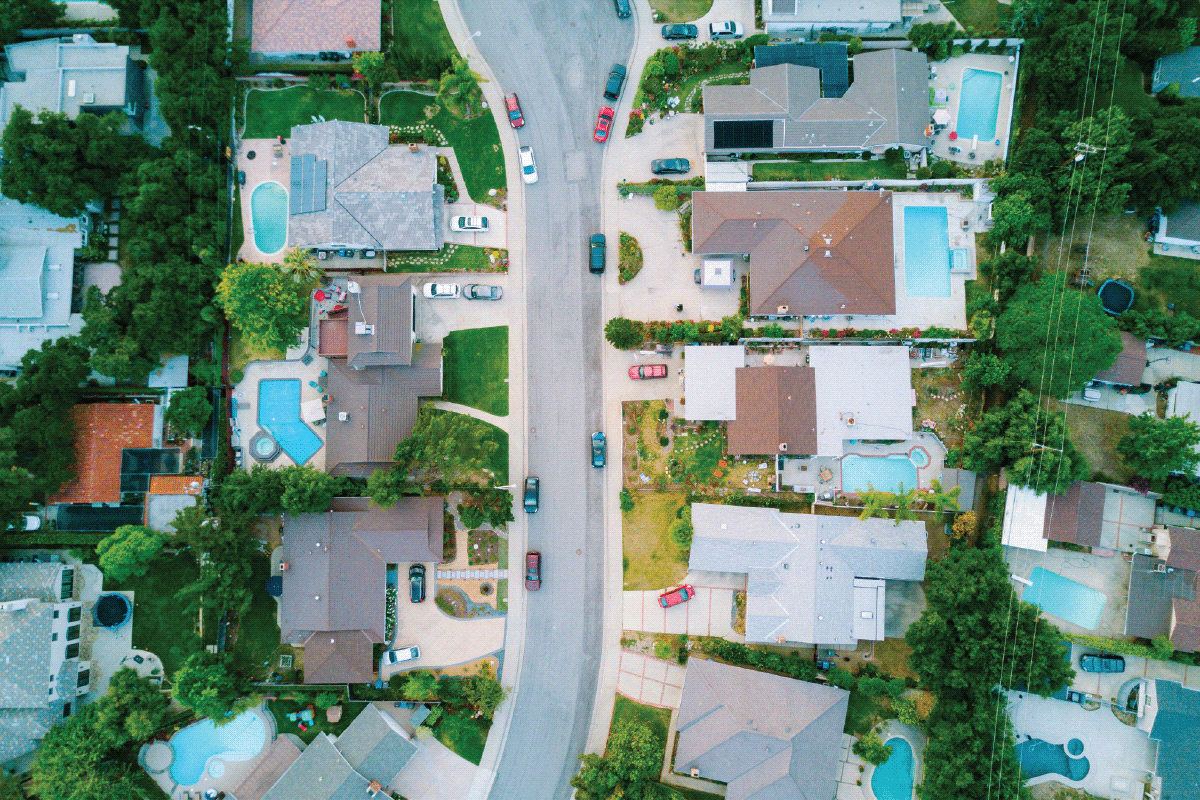For $8.2 Million, a Palace-Turned-Wine Estate in the North of Portugal
Located in the Vinho Verde wine region, the 23,700-square-foot Villa Beatriz has been in the same family since the early 1900s. Now the home is looking for a new steward
In the early 1870s, Francisco Antunes de Oliveira Guimarães, a teenager from a rural corner of northern Portugal, made his way to Brazil. By century’s end he was a wealthy financier, and in the early years of the new century, he completed a palatial, three-story manor house for himself and his new bride, Beatriz, in the heart of Portugal’s Vinho Verde wine region. The nearly 100-acre property, reinvented in the 1990s as a thriving wine estate, has been the family seat ever since.
The property, with the main home’s original furniture and decorations largely intact, is now set to pass out of the family for the first time. The estate is on the market for roughly $8.2 million, a price that includes original hand-carved furniture fashioned from exotic tropical hardwood, according to Francisco’s granddaughter, Carmen Guimarães, 90, who has lived on the property since the early 1990s. Known as Villa Beatriz, in honour of Francisco’s bride, the 23,700-square-foot home has 13 bedrooms and eight bathrooms. With a number of outbuildings, it has over an acre of formal gardens decorated with classical statuary. The gardens, like the house itself, have been designated a historic landmark.
Carmen is selling the property along with her two daughters, Anabela Guimarães, 70, and Alexandra Guimarães, 67. Carmen says Francisco, born into a family of modest local landowners, was a Rio de Janeiro financial tycoon who started out selling lottery tickets and ended up founding a large bank. Still, he remained rooted in the area around the Ave River, which runs through the estate.
Built in an opulent Belle Époque-style, Villa Beatriz is a fusion of Brazilian materials and Portuguese craftsmanship. Rooms are presided over by intricate stucco ceilings. Atmospheric wall paintings, featuring everything from hunting scenes to tributes to Portugal’s Age of Exploration, decorate the walls of the main floor’s reception rooms and the bedrooms on the second floor. Even the onetime staff rooms, on the top floor, still have elaborate antique beds made from cherry wood.
Villa Beatriz is an imaginative blending of historical styles, says Tobias Hoffmann, director of Berlin’s Bröhan Museum, known for its collection of modern European decorative arts. The neo-Moorish tiled facade—which can be the same shade of blue as the Minho sky—gives way to a fanciful entrance hall decorated with neo-Renaissance trompe-l’oeil wall paintings. The formal dining room is a freewheeling mix of both Moorish and Renaissance touches, he says, while second-floor bedrooms have a neo-Rococo flair.

The estate has had its share of sorrows. Beatriz, Francisco’s wife, died before she could ever see the house he built for her. A generation later, Carmen, who never really knew her grandfather, moved there at age 12 to live with her aunt and uncle after both her parents died within a matter of months. A widow herself since 2010, Carmen is still active, and has more recently overseen the maintenance and restoration of the house on her own. “It looks exactly the same as it did when I was growing up,” she says.
The estate is located east of the city of Braga in the Vinho Verde region, which is known for its light, slightly fizzy, affordable whites. The Guimarães family had long produced wine for private consumption, but starting in the early 1990s Carmen and her late husband, textile manufacturer Carlos Alberto Rodrigues Guimarães, launched a modern commercial winemaking facility. They named their flagship wine Quinta Villa Beatriz, after the estate, and put the house itself on the label. Spread across 30 acres, the vines grow classic Vinho Verde white grape varieties, including Loureiro and Trajadura.
Though things have stayed pretty much the same at Villa Beatriz, the Vinho Verde region is undergoing its own reinvention, says José Ferreira, a sommelier at Lisbon’s Michelin-starred Belcanto restaurant. “Some great wines are starting to be produced there,” he says, citing a new wave of winemakers who are replacing traditional varieties with Alvarinho, a premium white grape that does well on either side of the Spanish-Portuguese border.
The prices of wine estates in Vinho Verde are increasing dramatically, but can still be far less than those of the adjacent Douro Valley, which produces Portugal’s most expensive wines, says Artur Pinto Leite, a senior consultant at the Porto office of Savills, who specializes in wine estates. Top Douro Valley wine estates can fetch prices in excess of $109,000 per hectare, he says—a level that can only be reached in Vinho Verde if Alvarinho has already been planted. The price of luxury homes in the two regions can vary dramatically, adds Pinto Leite, depending on ocean access in the case of Vinho Verde, and river proximity in the Douro areas.
Carmen and her daughters aren’t especially big wine drinkers, they say. But Anabela, who raised her own family not far away, can sound wistful while giving a tour of the winery her father built. Now a grandmother herself, the retired textile-company executive likes to recall that she was married in the manor house, as were her children. “My heart is here,” she says, of the property.
Her mother, however, is looking forward to the next chapter. Still managing daily trips up and down her imposing staircase, she is thrilled at the thought of moving to a home with only one story—and a fraction of the upkeep. And when it comes to wine, she has a confession to make: “I prefer a glass of Port.”
Ruy Nogueira of Luximos/Christie’s International Real Estate is handling the sale.
 Copyright 2020, Dow Jones & Company, Inc. All Rights Reserved Worldwide. LEARN MORE
Copyright 2020, Dow Jones & Company, Inc. All Rights Reserved Worldwide. LEARN MORE
This stylish family home combines a classic palette and finishes with a flexible floorplan
Just 55 minutes from Sydney, make this your creative getaway located in the majestic Hawkesbury region.
The Albanese Government is initiating a range of measures to tackle the housing crisis, but experts fear it’s not enough
The $11.3 billion Homes for Australia plan unveiled in this week’s Federal Budget includes an additional $1 billion in funding – on top of $500 million previously pledged – to help the states and territories fast-track the building of ‘enabling infrastructure’ such as new roads, sewers and energy, water and community infrastructure to create more areas for buyers to build their new homes.

To support this goal, the Federal Government has also committed $90.6 million to grow Australia’s construction workforce, including 20,000 new fee-free places at TAFE and VET vocational colleges, as well as more skilled migrant visas. CoreLogic research director Eliza Owen commented: “This could add to labour supply to the tune of 22,000 workers, representing 1.7 percent growth in an industry where employment had an average quarterly increase of 0.7 percent over the past decade.”
More construction workers are desperately needed not only to help the Federal Government reach its target of 1.2 million new homes within five years, but also to offset the impact of construction company insolvencies. Ray White economist Nerida Conisbee points out that construction insolvencies continue to rise, with the latest ASIC figures showing 2,758 construction companies entered external administration over the 12 months to 31 March 2024.

Prime Minister Anthony Albanese said the budget encouraged the states and territories to “kick start building”. He commented: “This Budget means more tradies, fewer barriers to construction, less talk and more homes. This isn’t about one suburb or one city or one state. It’s a challenge facing Australians everywhere and it needs action from every level of government.”
The Federal Government is also seeking to reduce demand in the private rental market following a 43.5 percent surge in the national median rent from $437 per week in August 2020 to $627 per week today, according to CoreLogic. The budget provides money for more social housing, plus a plan to make universities build more student accommodation, thereby removing some demand in the private rental market from low-income workers and domestic and international students.
Budget measures include an additional $423.1 million for the National Agreement on Social Housing and Homelessness, taking total funding to $9.3 billion over five years, under which more social housing will be built and existing housing repaired. REA senior economist Paul Ryan said: “All up, the government expects to support the building of 55,000 new social and affordable homes by 2029 – representing a 12 percent increase in the total number of available homes across the country.”
The plan to legislate new requirements for universities to build more accommodation follows a huge surge in immigration, with an almost 550,000 net increase in migrants over the 12 months to 30 September 2023, the bulk of which were international students and temporary workers.
Commonwealth Rent Assistance is being increased for the second year by 10 percent this time, following a 15 percent increase in last year’s budget. The two boosts represent about a $35 per week increase in assistance to almost one million Australians. The Budget also includes $1 billion for crisis and transitional accommodation for domestic violence victims and youth in distress.
AMP chief economist Dr Shane Oliver said the budget’s housing measures were unlikely enough to meet the goal of building 1.2 million new homes over five years. Dr Oliver said the supply shortfall was set to remain “unless immigration plunges”. Treasurer Jim Chalmers says net overseas migration next year is expected to be half what it was this year.
Dr Oliver said the budget’s housing measures were also unlikely to alter the outlook for home prices. He expects modest growth this year. Median dwelling values have already risen 2.2 percent between January 1 and April 30, following an 8.1 percent lift in 2023.
Consumers are going to gravitate toward applications powered by the buzzy new technology, analyst Michael Wolf predicts
This stylish family home combines a classic palette and finishes with a flexible floorplan























